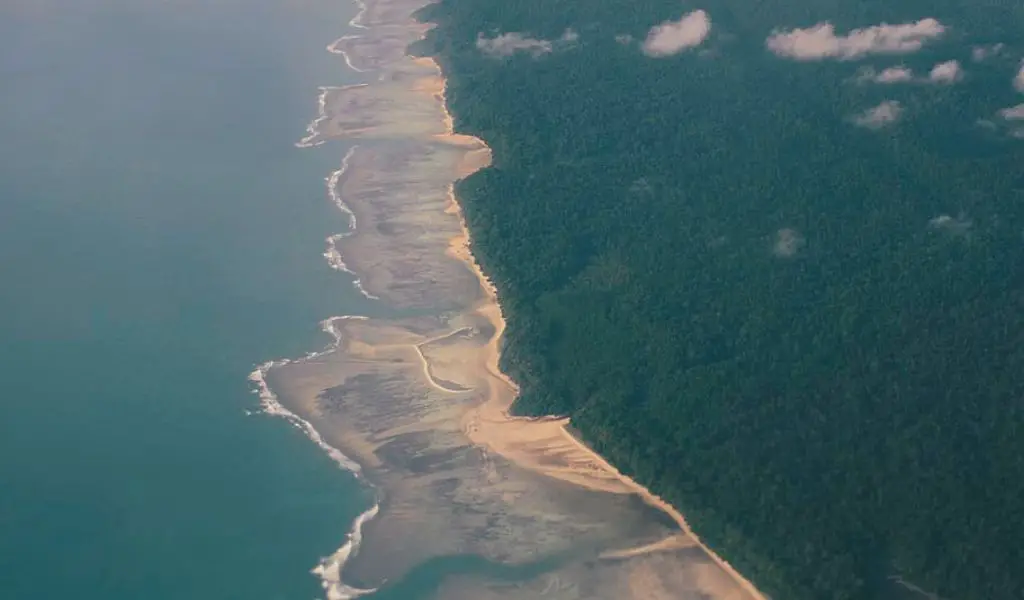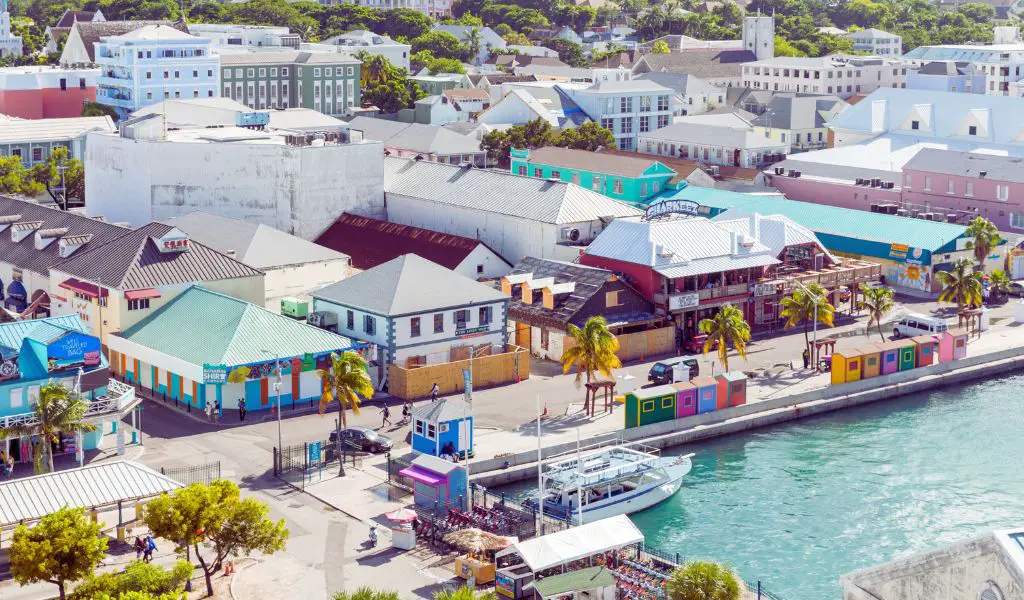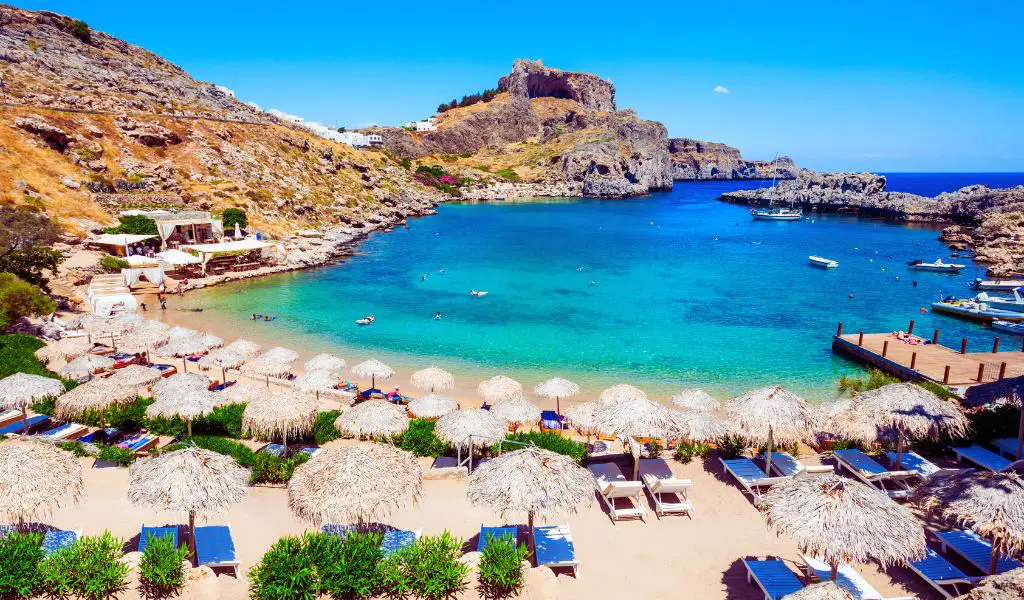Embark on a journey into one of the world’s most secluded regions: North Sentinel Island. Veiled in mystery and intrigue, this island is an untouched paradise, untouched by modern civilization, and strictly off-limits to visitors.
Geography
Situated in the Bay of Bengal, India, North Sentinel Island is part of the Andaman Islands archipelago.
The island is approximately 59.67 square kilometers, primarily covered in lush, dense forest, teeming with diverse flora and fauna.
A distinguishing geographical feature is the extensive coral reef surrounding the island, making it challenging to access via sea.
This natural barrier provides an extra layer of isolation for this already remote locale.
Attractions
Contrary to the usual idea of a “tourist attraction,” North Sentinel Island is not about man-made wonders or curated experiences.
Instead, its primary allure is its raw, untouched state, devoid of any external influences.
There is a palpable air of secrecy and fascination around this off-limits locale.
History
North Sentinel Island has a rich and complicated history.
Although anthropologists believe that inhabitants have lived there for up to 60,000 years, the lack of concrete archeological studies leaves much of the island’s historical timeline uncertain.
The first recorded mention of North Sentinel Island was in 1771 by a British survey vessel, and several attempted interactions occurred in the years following, often resulting in hostility.
This history has contributed to the island’s reputation as a place of danger and intrigue.
As far as activities go, North Sentinel Island does not offer the conventional list of things to do like other tourist destinations.
The main ‘activity’ revolves around learning and understanding the island from a distance, given the restrictions on interactions with the island and its inhabitants.
Population
The inhabitants of North Sentinel Island are the Sentinelese, who are among the world’s last communities to remain virtually untouched by modern civilization.
The exact population is unknown but is estimated to be between 50 and 200.

When to Go
As North Sentinel Island is off-limits to visitors, there is no optimal time for tourism.
However, for educational or authorized purposes, the weather is generally more pleasant between November and April.
How to Get There
Visiting North Sentinel Island is currently prohibited to protect the Sentinelese from exposure to diseases to which they likely have no immunity.
Unauthorized attempts to access the island are illegal and highly discouraged.
Highlights
The highlights of North Sentinel Island are its status as one of the world’s last uncontacted places and the mystery that surrounds its indigenous population.
What You Should Know
Visiting North Sentinel Island is illegal and highly dangerous.
Any attempts to contact or interact with the Sentinelese can result in hostility. It’s important to respect their desire for isolation and their unique way of life.
FAQs
Why is North Sentinel Island off-limits?
North Sentinel Island is off-limits to protect the Sentinelese people’s health and safety, who are likely vulnerable to common diseases due to their isolation.
Has anyone ever successfully visited North Sentinel Island?
There have been several known attempts to visit the island. Most of these expeditions have been met with aggression from the Sentinelese, who are fiercely protective of their territory.
Why are the Sentinelese hostile to outsiders?
It is believed that their hostility towards outsiders stems from a deep-seated desire to protect their way of life and prevent the spread of diseases to which they likely have no immunity.




